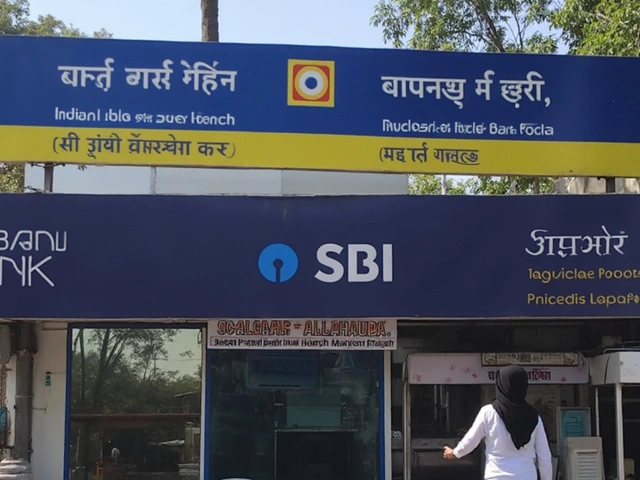What Is a VAR Decision and Why It Matters
If you’ve watched a football match recently, you’ve probably seen a referee pause, a screen flash, and a commentator say, “VAR decision coming up.” That moment is a VAR decision – a review by the Video Assistant Referee that can change a goal, a penalty, or a red card. It’s not magic; it’s a set of rules designed to fix clear mistakes. Knowing how it works helps you enjoy the game without getting frustrated.
When Does VAR Step In?
VAR only gets involved in four types of situations: goals, penalties, direct red cards, and cases of mistaken identity. If a goal is scored, the referee checks whether there was an off‑side, a foul, or a handball before the ball crossed the line. For penalties, the team can ask for a review if they think the original call was wrong. Direct reds (like serious foul play) are also reviewed, but not second‑yellow cards. Finally, if a referee shows a card to the wrong player, VAR can correct it.
Understanding the Review Process
Here’s how a typical VAR decision unfolds:
- The incident happens. The on‑field referee signals a potential review with a rectangle on his arm.
- VAR watches the replay. The assistant looks at multiple camera angles and decides if there’s a “clear and obvious error.”
- The referee is advised. If VAR finds a mistake, the referee gets a visual cue on his watch and heads to the pitch-side screen.
- On‑field review (OFR). The referee watches the footage in the stadium’s monitor. He can stick with his original call or change it.
- Decision announced. The referee signals the final outcome – goal, no‑goal, penalty awarded, or card confirmed.
This process usually takes under a minute, but the time can stretch if the incident is complex. That’s why you sometimes hear fans groan when a match pauses for a VAR check.
How VAR Affects Your Watching Experience
VAR adds drama. A sudden pause can make you hold your breath, and the final decision often sparks debate. Knowing the four review categories reduces confusion – if you hear “VAR decision,” you can guess whether it’s about a goal or a penalty. Also, remember that VAR only corrects clear errors; it won’t re‑judge a borderline foul the way a human might. This limits endless replays and keeps the game flowing.
Tips for Fans During a VAR Review
1. Stay patient – the referee is checking to get it right.
2. Pay attention to the referee’s signals; the rectangle means a review is underway.
3. Listen to the commentators – they usually explain which of the four categories is being examined.
When the decision is finally announced, you’ll either celebrate a corrected goal or accept a missed chance. Either way, VAR aims to make the game fairer.
Bottom line: A VAR decision is simply a safety net for the most game‑changing moments. Knowing the basics helps you stay in the action, understand the referee’s calls, and enjoy football without the confusion.
Dramatic Showdown at Goodison Park: Manchester United's Late Comeback Against Everton
Manchester United clawed back from a 2-0 deficit to snatch a 2-2 draw with Everton, thanks to a controversial VAR decision overturning a penalty in injury time. Despite a dominant Everton, goals from Bruno Fernandes and Manuel Ugarte secured the comeback. Manager Ruben Amorim emphasized United’s need for consistency throughout the match.





